"There Be A $hit-Storm A-Brewin'"
Authored by Jim Quinn via The Burning Platform blog,
The chart below paints a disturbing picture for those not in the top 10%...
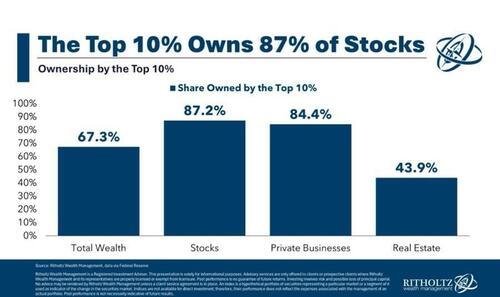
And the accusations regarding who is responsible are predictable, endless, and mostly wrong.
“The top 10% of US households now hold 87% of all US stocks owned by households, with the top 1% alone owning 50%. By comparison, the remaining 90% hold just 13%, while the bottom 50% hold only 1%. The wealth gap has never been bigger.”
– Kobeissi Letter
The “tax the rich” crowd are loud and ignorant of facts, but that doesn’t stop them from bloviating and screaming shrilly on the left wing media channels.
The top 10% aren’t the problem.
They constitute the entrepreneurial class, who open new businesses and hire employees. Most of the top 1% are also hard working creators of wealth.
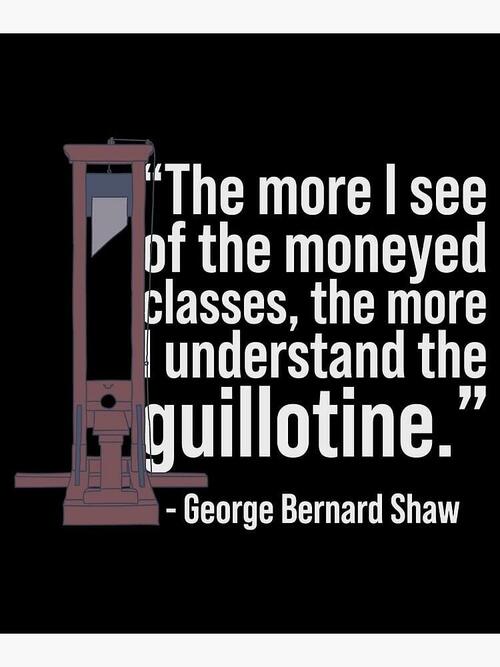
It’s the .01% globalist billionaire class who are mainly to blame for the economic shitstorm brewing on the horizon.

Young people now overwhelmingly see socialism as preferable to capitalism because they have been indoctrinated by left wing professors and the legacy left media mouthpieces, promoting the Mandamis, AOCs, Bernies and Pocahontases of the world. It doesn’t matter their socialist/commie agenda has a 100% proven record of being erroneous and economically disastrous anywhere on earth it has been implemented, with millions of dead bodies as proof. The truth is we have not experienced true free market capitalism since the unholy conception of the Federal Reserve and initiation of the Federal income tax in 1913. That was surely a bad year for humanity.
When the wealth data is presented in a fair and accurate way, it truly paints a picture of woe for the bottom 50%. Of course, those in the top 10%, who own all of the stocks and businesses, along with most of the real estate, feel little or no pity for the bottom 50%. They think they are lazy, ignorant and stupid. In many cases, that is an accurate assessment, but there are millions of hard working people in the bottom 50% who are there because the .01% like it that way. George Carlin’s famous rant captures the reality of their situation:
“They want more for themselves and less for everybody else, but I’ll tell you what they don’t want: They don’t want a population of citizens capable of critical thinking. They don’t want well informed, well educated people capable of critical thinking. They’re not interested in that. That doesn’t help them. That’s against their interests. That’s right. They don’t want people who are smart enough to sit around a kitchen table to figure out how badly they’re getting fucked by a system that threw them overboard 30 fucking years ago. They don’t want that.
You know what they want? They want obedient workers. Obedient workers. People who are just smart enough to run the machines and do the paperwork, and just dumb enough to passively accept all these increasingly shittier jobs with the lower pay, the longer hours, the reduced benefits, the end of overtime and the vanishing pension that disappears the minute you go to collect it, and now they’re coming for your Social Security money.”
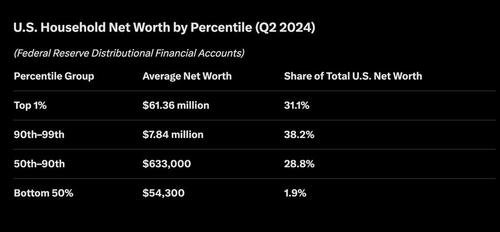
Carlin’s disturbingly accurate description of America from two decades ago is truer now than it was then. “They” have accumulated trillions more, while the rest of us have seen our standard of living relentlessly decline due to the Federal Reserve manufactured inflation – designed to accelerate stock market gains and leave the masses destitute. The USD has lost 97% of its purchasing power since the Creature from Jekyll Island slithered from the swamps of DC in 1913. Your 2% to 3% annual raise is consumed by the 5% to 10% increase in things you need to live (food, energy, medical care, education) every year. That is why the Bottom 50% has an average net worth of $54,300.

The real question is who are “THEY”? It is certainly not the top 10%, or even the top 1%. Whether you refer to them as the ruling elite, oligarchy, globalist cabal, or satanic psychopaths, they constitute only a fraction of the 1%. There are approximately 3,000 billionaires in the world, with about a third of them in the U.S. That means they make up about .0003% of the U.S. population and an even smaller percentage of the 8.2 billion global population. Many of these billionaires are just the children or spouses of men who accumulated that wealth. That leaves a few hundred men meeting the criteria of psychopaths in suits, with totalitarian tendencies, ensconced with a heaping helping of greed, thirst for power, and desire to rule the world.

Let’s be honest, these psychopathic pedophile billionaires and their cadre of well compensated legions of apparatchiks placed within the government, media, universities, finance industry, “think” tanks and fake “charitable” foundations, believe the bottom 50% are nothing more than mouth breathing parasites. They are the ignorant lower class Proles in Orwell’s 1984 and the semi-literate Deltas in Huxley’s Brave New World. They have always been despised by the ruling class throughout history. The current crop of oligarchs truly believe they can replace the “worthless eaters” with robots and AI. Their de-population agenda of killing off the weak, poisoning the healthy, and imprisoning the remainder in a CBDC techno-gulag of their making, is in progress.
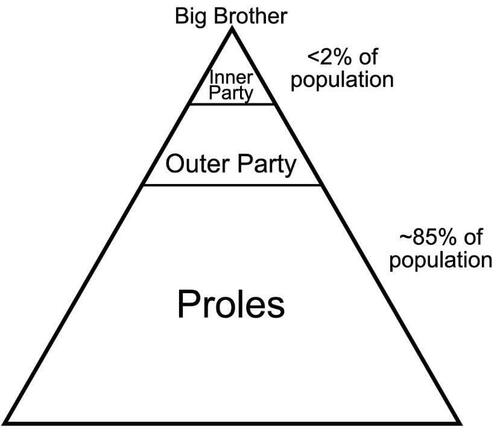
Most upper middle class people are trapped in the normalcy bias of ever growing stock market gains boosting their 401k wealth and thinking a doubling of their home’s value over the last five years makes sense. The level of cognitive dissonance among the masses is at all-time highs, as they can see our unsustainable Ponzi financial system is built on a mountain of unpayable debt, but they continue to go further into debt, assuming the overlords running this shitshow will just bail everyone out again when it collapses for the final time.
Maybe they are right, but I think the psychopaths in suits are getting ready to “pull” a Building 7 on our asses. When I bring up the Great Taking scheme to normies, I get nothing but blank stares because it is inconceivable to them that invisible forces who control the levers of our financial system would conduct a “bail in” operation to save the world from the very financial implosion they have engineered. The normies argue the rich would be hurt the worst because they have the most to lose. What they don’t realize is the overlords know what is going to happen and will position themselves and their devoted minions to benefit from the financial collapse.

The likes of Gates, Soros, Theil, Altman, Musk, Buffett, and many other shadowy billionaires believe the planet would be far more efficient, productive, and profitable for them if it was occupied by a few billion less eaters. They believe their technological advancements and authoritarian mandates would create a world where they wield unquestioned power and control over our lives. They tested their plan using the Covid Plandemic and it convinced them the ignorant masses could be corralled and coerced in any direction they choose.
They used lies, propaganda, and misinformation to convince billions to shutdown the world, huddle in fear within their hovels, shun friends and relatives, inject themselves with an untested dangerous gene therapy that didn’t stop or diminish the virus, fear the annual flu, bow down to the totalitarian measures inflicted upon them by politicians and bureaucrats, and be happy with the pittance doled out to them by their government overlords. They “convinced” 5.6 billion people to get injected with their de-population serum, without a hint of outrage or push back.

Meanwhile, the net worth of the billionaire club grew from $8 trillion in 2019 to over $16 trillion today. Shockingly, the majority of that growth was in the technology and finance realms. Has your net worth doubled since the pandemic? Top 10 US billionaires’ collective wealth grew by $700 billion in the past year alone. These people rule the world, make the laws, siphon the profits through their control of the Federal Reserve, Washington DC, Wall Street, Big Pharma, Silicon Valley, and the Military Industrial Complex, while senior citizens have to decide between paying for their medicines or putting food on the table, and young people see no chance of ever owning a home.
Most cynical old codgers, like myself, have trouble visualizing enough people banding together and leading a revolution to overthrow the existing social order. And as long as the bread and circuses are sustained through their money printing debt to eternity scheme, revolution will be postponed. But, the arrogance and hubris of the billionaire psychopaths knows no bounds. Their wealth harvesting operation will reach a limit, unforeseen circumstances (natural disaster, war, massive fraud uncovered) will trigger a financial collapse. The bottom 50% are already destitute. When college educated upper middle class debt slaves lose 80% of their faux wealth in the blink of an eye, the opportunity for real revolution will present itself. Someone will need to stand up.
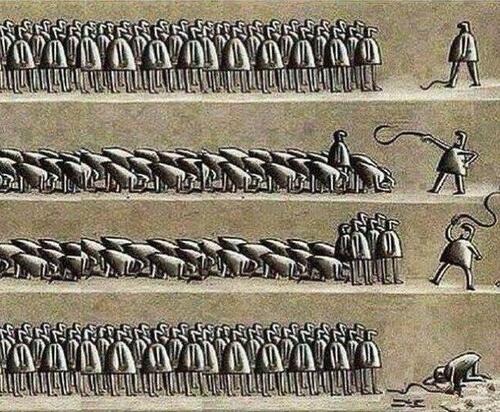
The ruling class will seek to implement their Digital ID/Digital Currency malicious plot as the solution to the financial collapse they created. This is where it should get interesting. Will the masses again fall for their fear propaganda, totalitarian dictates, lies about the true nature and causes of their purposely engineered crisis, or will someone stand up for truth, honesty, and allowing future generations to not grow up as slaves within a billionaire controlled techno-gulag? This conflict will likely arise within the next five or so years.
The causes of revolution are always the same:
1) A privileged elite class reap all the wealth while pissing on the lower classes;
2) The lower and middle classes are taxed to the point of poverty;
3) The government increases debt to an unsustainable, unpayable level;
4) wasteful military adventures drain the Treasury;
5) rampant government corruption;
6) societal discontent & chaos;
7) economic/financial crisis.
All the dominoes are lined up, just waiting for the trigger flick which will start the cascade of consequences.
Fourth Turnings never fizzle out. They build to a crescendo of violent upheaval with clear winners and losers.
“Those who make peaceful revolution impossible will make violent revolution inevitable.”
- John F. Kennedy

We need to keep in mind there are only 3,000 billionaires on this planet and only a few hundred fall into the category of psychopaths in suits. Yes, they live in gated palaces with ample security forces, but the common folk of this country own over 300 million firearms. If or when they feel they have nothing left to lose, the protected privileged classes should start to worry. Their gates will protect them from the consequences of their actions. We may decide to Make Guillotines Great Again.
Views expressed in this article are opinions of the author and do not necessarily reflect the views of ZeroHedge.
Tyler Durden
Thu, 11/06/2025 - 18:25













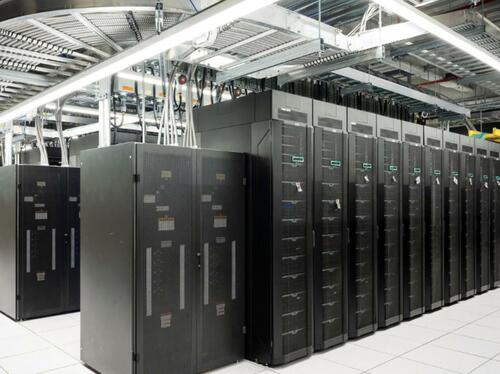
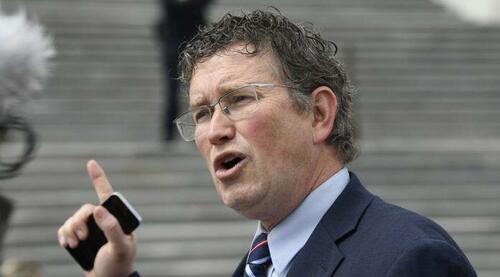

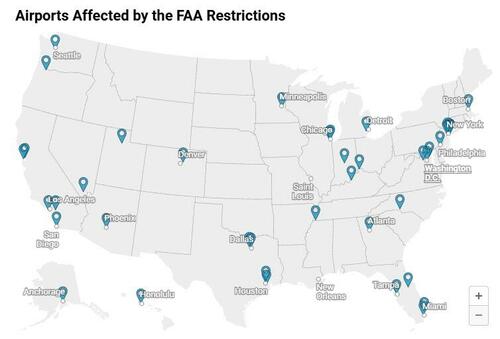

 Authorities in Inner Mongolia said on social media that April export controls, which Washington claims will be withdrawn
Authorities in Inner Mongolia said on social media that April export controls, which Washington claims will be withdrawn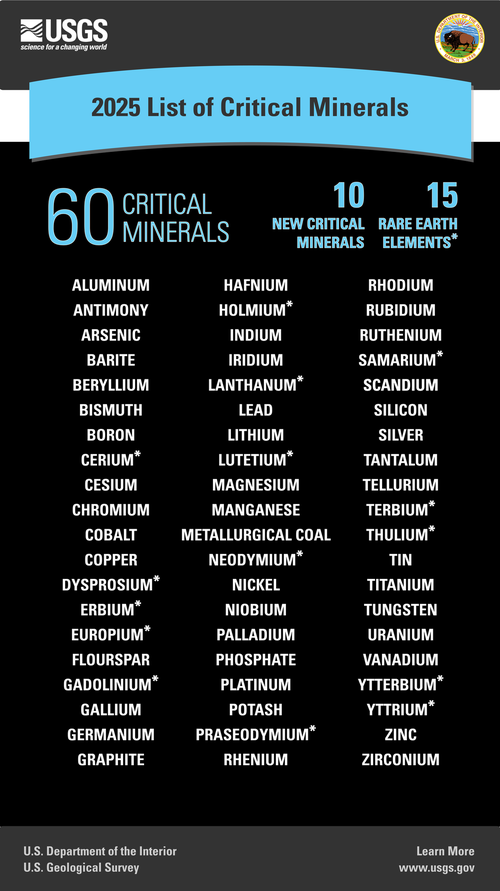


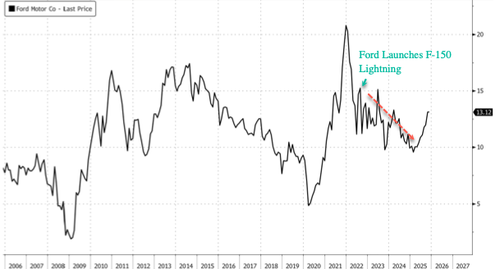
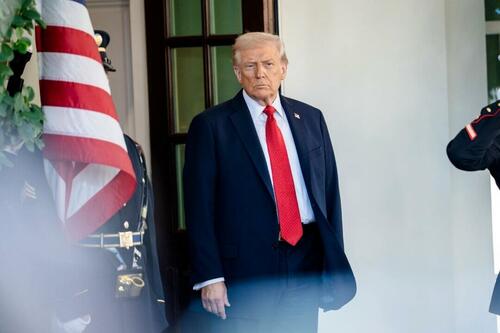
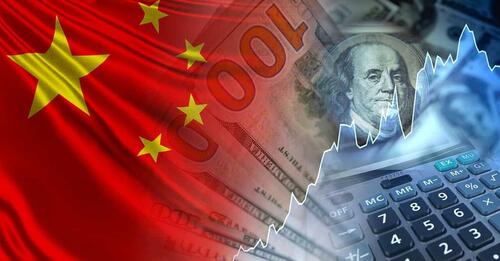
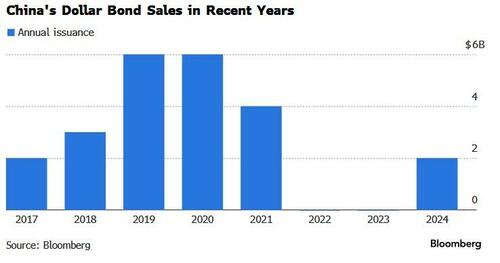


 Egan-Jones Ratings Co. has for years operated from a four-bedroom colonial in Haverford.Photographer: Sarah Silbiger, Bloomberg
Egan-Jones Ratings Co. has for years operated from a four-bedroom colonial in Haverford.Photographer: Sarah Silbiger, Bloomberg
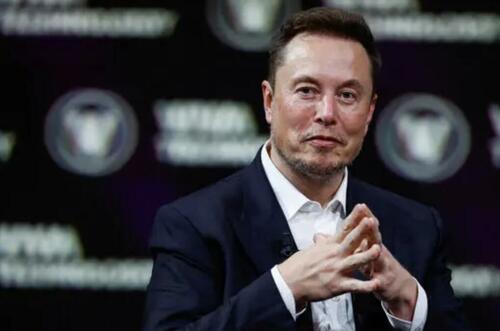
 Photo: Baron, CNBC
Photo: Baron, CNBC
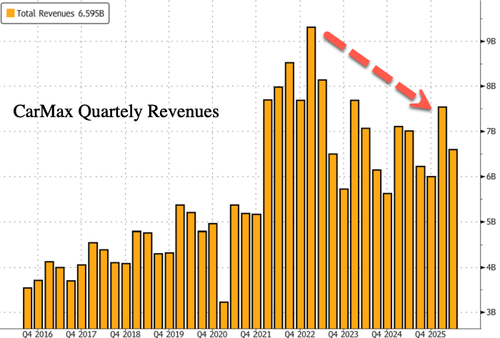
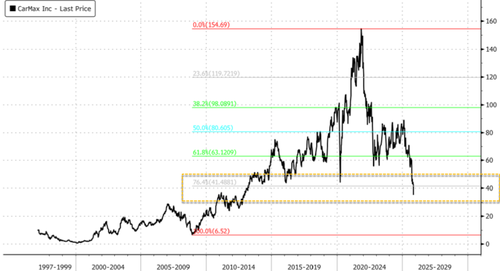
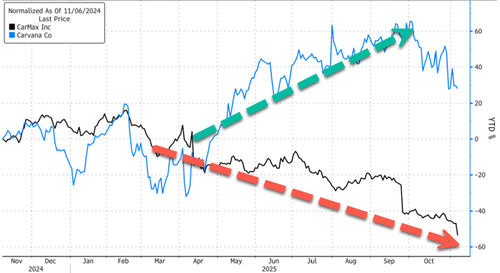
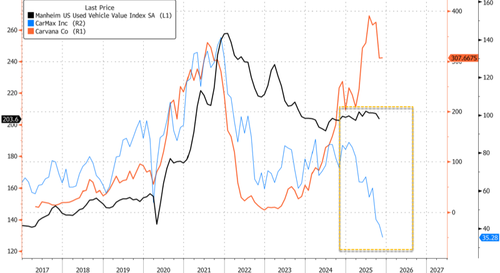


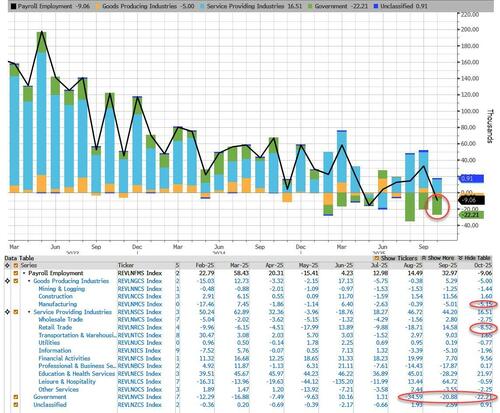

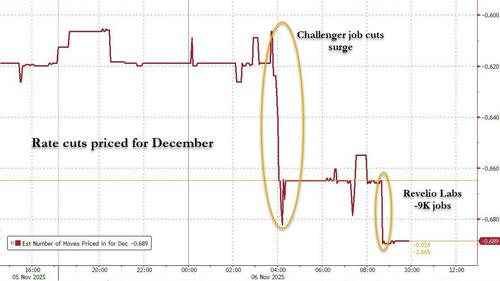
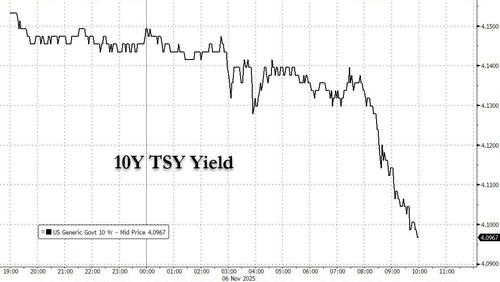

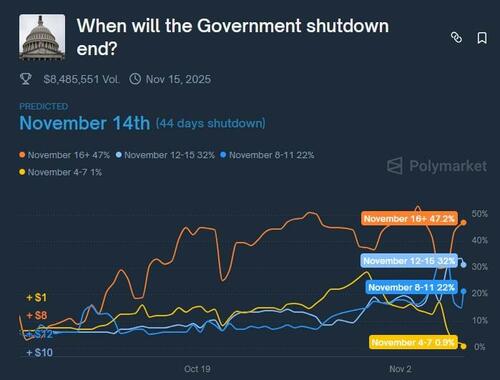
Recent comments